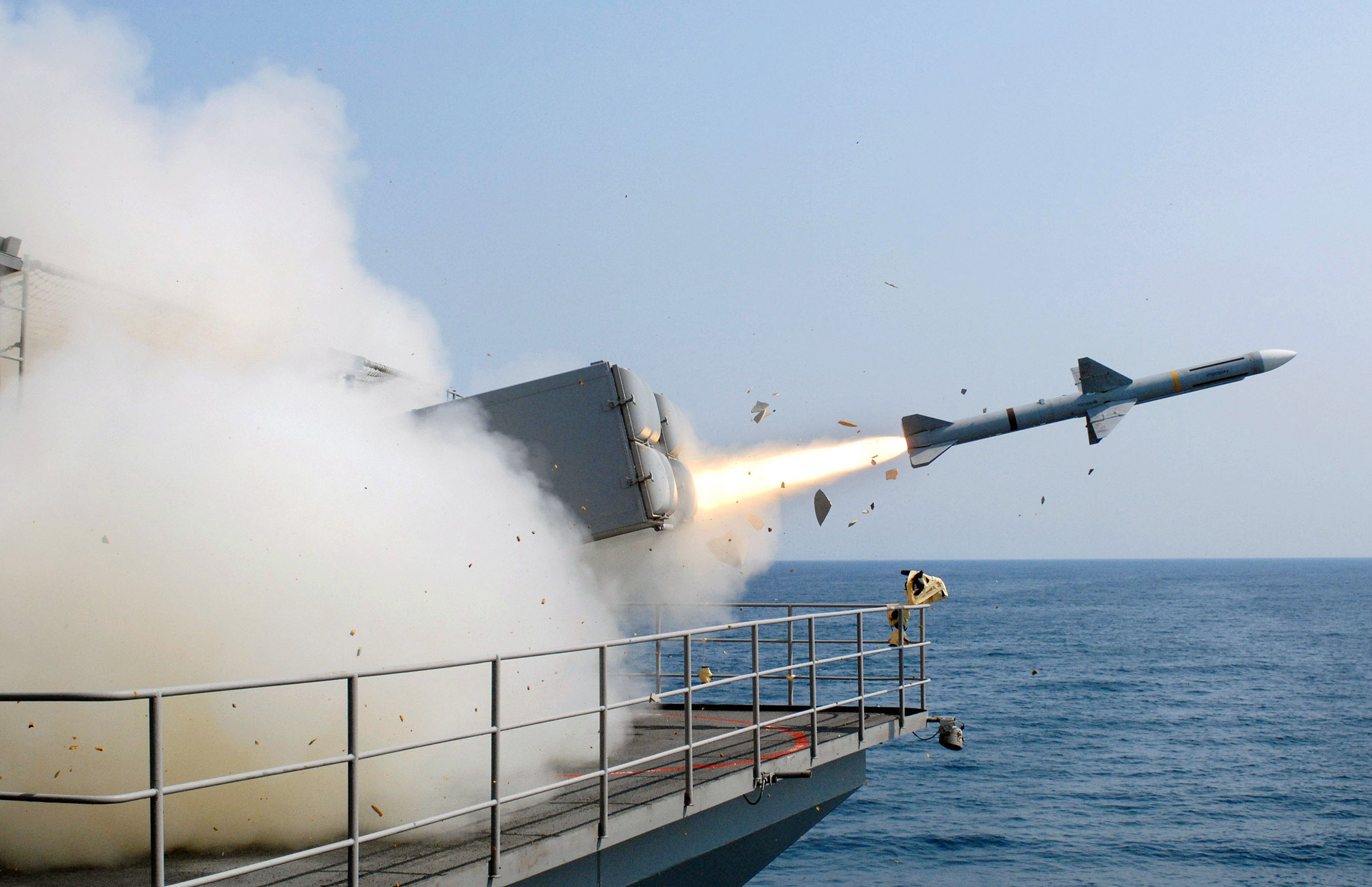Fifth generation fighters, such as the F-22 Raptor and F-35 Lightning, have provided the US with a certain element of aerial superiority.
Even though Russia’s PAK-FA remains in testing and engine-related concerns continue to plague the development of China’s Chengdu J-20 aircraft, external observers still consider the F-35 to be the technically better aircraft.
Despite fifth generation fighters still sitting in the wrapper and without resting on its laurels, the US Air Force and Navy are already looking forward to the future.
The F-22 Raptor and F-35 Lightning have been revolutionary in terms of their development as fifth generation fighters, yet preliminary work has already commenced on the design and development of their successors.
Early Stages of Development For Generation Six
Sixth generation fighters, dubbed Next Generation TACAIR (or tactical air superiority platform), are not scheduled to enter service in a hurry.
“Lofty criticism has also been levied at the estimated cost of the development and procurement of such an aircraft.”
The preliminary notice revealed in November 2010 highlighted the need for any such aircraft to demonstrate “enhanced capabilities in areas such as reach, persistence, survivability, net-centricity, sustained awareness, human-system integration and weapon effects.”
The preliminary notice further noted that any such systems “will have to counter adversaries equipped with next generation advanced electronic attack, sophisticated integrated air defence systems, passive detection, integrated self-protection, directed energy weapons and cyber attack capabilities”, highlighting the technologically-advanced environment that the US military expects to be faced with in the not-so-distant future.
The preliminary notice triggered a number of manufacturers to announce their intentions, with Boeing’s Phantom Works and Lockheed Martin’s Skunk Works beginning to release information relating to systems they could feasibly develop.
Boeing’s ‘All Encompassing’ Future Strategy
The company to enthuse about the project the most, however, remains Boeing. Having witnessed its X-32 multipurpose jet fighter being overlooked in the Joint Strike Fighter contest, with the US military opting for Lockheed Martin’s X-35 competitor, Boeing are vying to produce the F-35’s successor.
“Boeing have gone one further, proposing a replacement for Lockheed Martin’s F-22A Raptor aircraft that only entered service in 2005.”
Boeing’s Phantom Works has been funding the development of such an aircraft, responding to the US Navy’s request for information regarding a new F/A-XX aircraft that could replace its fleet of Super Hornets in the 2030s. The regular hornet aircraft will be replaced by the incoming F-35s, however they do not possess the capabilities to adequately replace the larger Super Hornet aircraft and, as such, the US Navy and Air Force has been examining its options.
Boeing’s proposals appear to have been well received, with the US issuing a Request for Information in April 2012 regarding the company’s F/A-XX concept aircraft.
Boeing have also gone one further, proposing a replacement for Lockheed Martin’s F-22A Raptor aircraft that only entered into service in 2005. The project is currently limited to concept images and the US Air Force remains non-committal to any such pandering, however, Boeing envisages the F/A-XX, F-X and a possible unmanned combat air vehicle (UCAV) comprising an all-encompassing future strategy for the USAF.
Greater Speed And Self-Healing Structures
Although Lockheed Martin’s proposal is still conceptual, the company has led calls for greater speed, range, stealth and self-healing structures; developments that will require new breakthroughs in propulsion, materials, power generation and weapon technology. Self-healing structures in particular would pose a significant advantage over modern-day aircraft, remaining airborne despite taking heavy fire.
The premise of self-healing structures in aircraft isn’t, however, new. Discussion surrounding such technology has been around since 2008, when aerospace engineers at Bristol University, UK, developed a prototype self-healing system taking inspiration from plants and animals.
The system comprises pockets of a two-part epoxy system – an epoxy resin and a hardener – installed around vulnerable parts of the aircraft such as the underbelly, hatchways and wheel wells. If the area is damaged, the contents of the pocket are released to form a temporary plug, helping the aircraft to operate in spite of the damage.
Although not specifically designed for use in military aircraft, its potential benefits are likely to interest designers of future military aircraft.
Future weaponry could also be shaped by technology under development for commercial aircraft, with the military eager to utilise scramjets for the production of faster missiles.
Despite failing its most recent tests, Boeing’s X-51A Waverider scramjet remains in development as it hopes to reach hypersonic speeds approaching Mach 6, a speed at which a missile could not be stopped by conventional air defence technology. Continued experiments with directed energy weapons and lasers, used for defensive as well as offensive measures, are also likely to shape precisely what sixth generation fighters are equipped with.
Despite any such aircraft remaining in the conceptual stages, it has not stopped several senior officials questioning and even condemning such a program. Many officials consider the development of a sixth-generation fighter at this stage optimistic, with many rival fifth-generation fighters such as Russia’s Sukhoi PAK-FA and China’s Chengdu J-20 deemed inferior to the popular F-35. Detractors argue against the feasibility of a program that the F-35’s superiority could arguably deem unnecessary.
(With Inputs From International Agencies)





















Discussion about this post